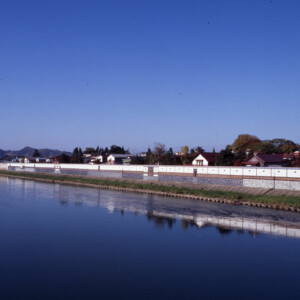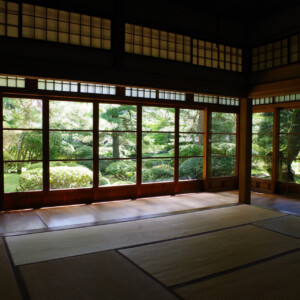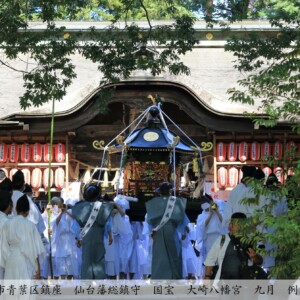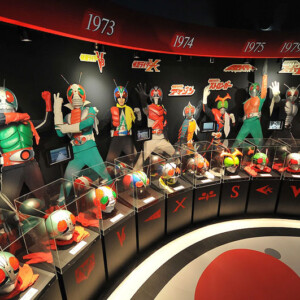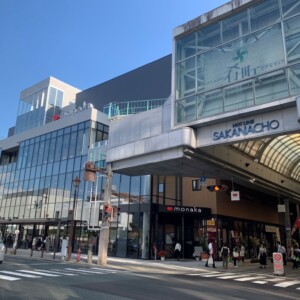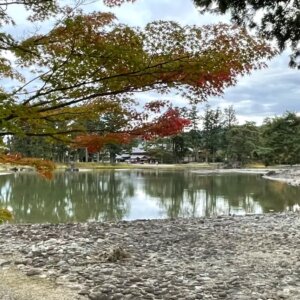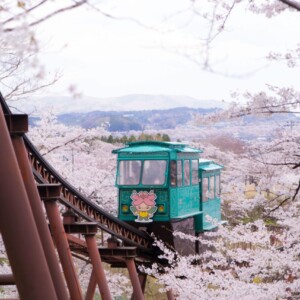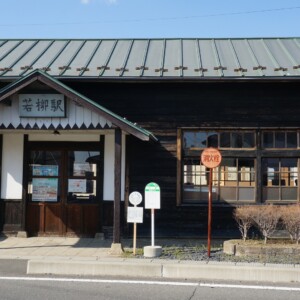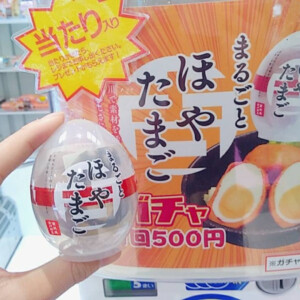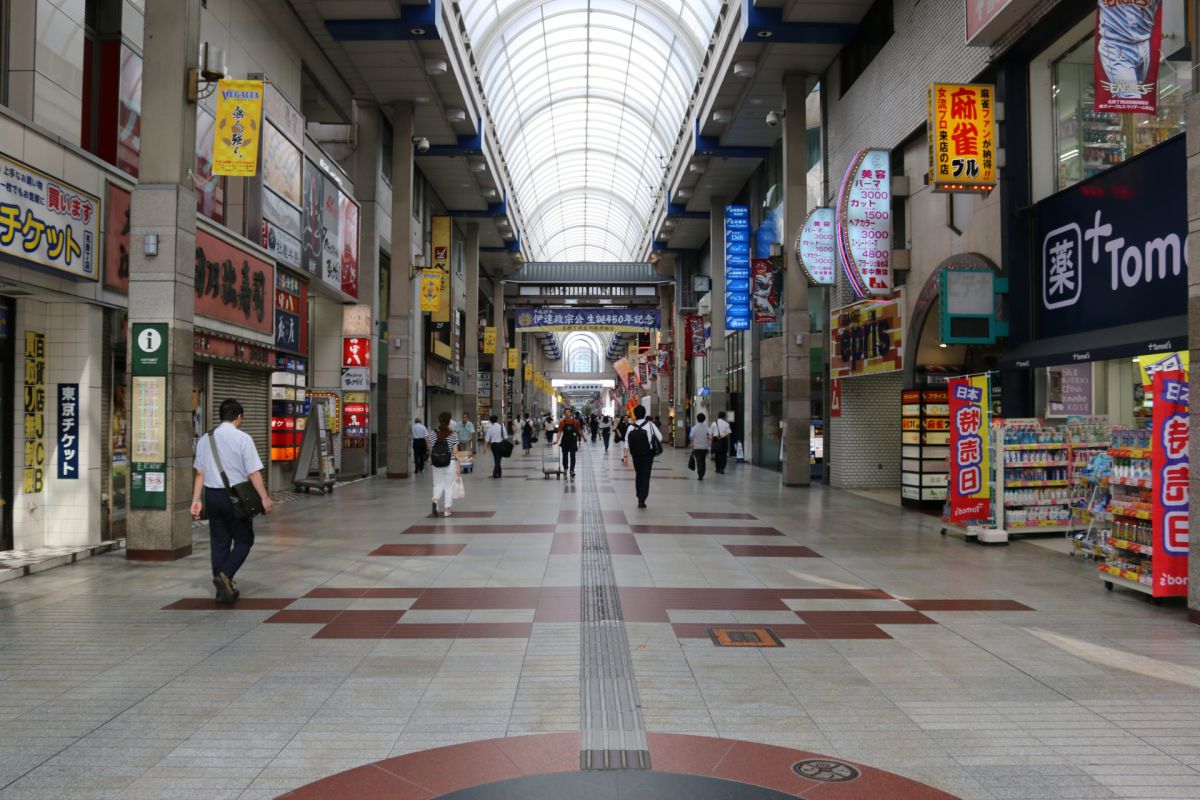
Is it the remains of the Edo period waterways shown by the tiles in the arcade in front of Sendai Station? We pursue the mystery that was also featured in Bura Tamori!
table of contents
- 1 What is the mystery of Sendai city featured in Buratamori?
- 2 Where are the tiles of Sendai Station Arcade?
- 3 Yotsuya irrigation water used to flow in the arcade.
- 4 3 spots where you can feel the remnants of Yotsuya Irrigation Water
- 5 Experience the remnants of Yotsuya Irrigation Water with your own eyes
Sendai Ekimae Shopping Street is a tourist spot where many people come and go. In fact, this shopping street has a mystery that is not well known even to the people of Miyagi Prefecture.
The mystery is about the "arcade tile pattern." When walking through the arcade, certain place, and there are rumors that this is related to the waterways of the Edo period, but is this true? This time, we will be solving the mystery using the tiles in front of Sendai Station!
What is the mystery of Sendai city featured in Buratamori?
The mystery we will introduce this time is about the tiles on the floor of an arcade in front of Sendai Station. also appeared in the episode of " Sendai - Date Masamune is a "Terrain Maniac"!?", which aired on NHK
Reference link: NHK Archives – "Sendai" video of the area where Buratamori visited
As we pursue the mystery of the tiles, we can see how Date Masamune built Sendai Castle and the castle town maintenance was carried out. What does that mean?
Where are the tiles of Sendai Station Arcade?
The tile in question is located at the border between "Hapina Mekakecho Shopping Street" and "Chris Road Shopping Street."
Enter "Hapina Nakacho Shopping Street" from the Sendai Ekimae Commercial Building AEL side and walk to the area where the ramen shop "Ichiran" and "Joyo Bank Sendai Branch" are located.
![Meikake-cho (tributor of third tributary) [Remains]](https://jp.neft.asia/wp-content/uploads/2022/05/43998_com.jpg)
The tiles on the floor of the arcade are diagonal lines that are different from the rest, and run across the arcade, so it should be easy to spot.
Yotsuya irrigation water used to flow in the arcade.
The mysterious tiles that suddenly appear in the arcade are based on the motif of "Yotsya Yosui" From here, we will explain the overview of Yotsuya Irrigation and why there was an irrigation canal at the arcade location.
What is Yotsuya Irrigation Water?
The tile in question shows that Yotsuya water used to flow. Yotsuya Irrigation Water is an irrigation canal built to draw water into a castle town during the Edo period, and construction began at the order of Date Masamune
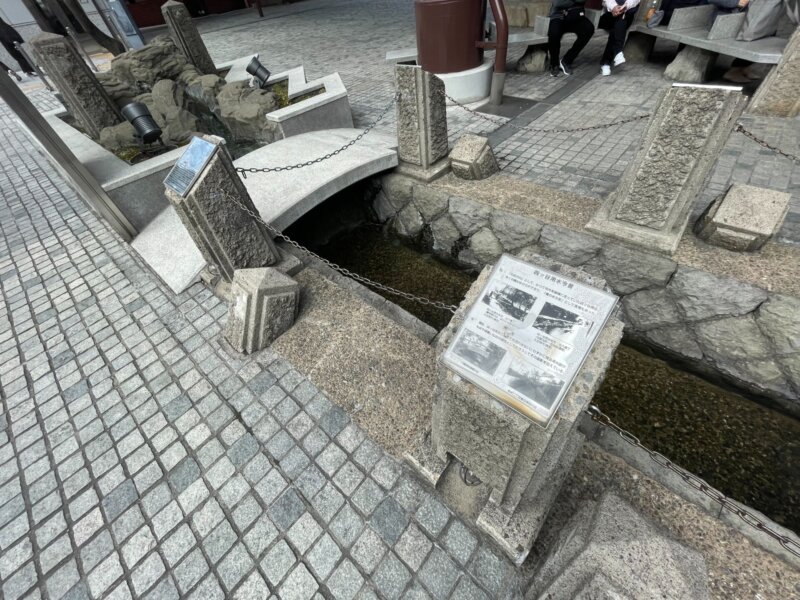
were used for a wide range of purposes, including fire protection, water for washing dishes, and industrial water for water turbines After the Meiji period, with the development of water and sewage systems, water was no longer used for daily life, and it seems that the use of underground drains gradually progressed.
Furthermore, since the Showa era, when the arrival of the motorized society made it necessary to cover waterways, there were only a few remaining waterways left on land.
Yotsuya Irrigation Monument <Information>
- Name: Yotsuya Iwami Kokusai Monument
- Address: 980-0021 Aer Plaza, Chuo 1-3-1 Aoba-ku, Sendai, Miyagi Prefecture
Google Map
Why was an irrigation canal drawn into the current arcade?
The reason why Date Masamune went out of his way to carry out large-scale construction work and even pulled the irrigation canal is because of the location of the castle town. has become a castle town , is a river terrace on the Hirose River, and while it has the advantage of being less likely to be affected by flood damage, the disadvantage is that it cannot be secured .
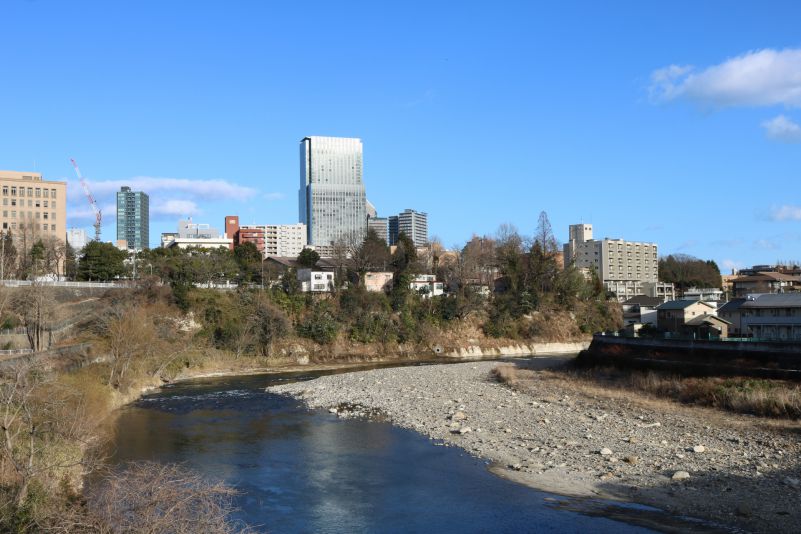
Therefore, the idea was to draw water from the upper reaches of the Hirose River to secure water for daily life that was not available on the river terraces. Starting from the upper reaches of the Hirose River, which is about 3km west of the center of the castle town, it branches into many tributaries and flows throughout the castle town.
In the Edo period, the town was divided into two sections using Yotsuya Irrigation Water, and the tiles introduced this time were divided into Meikakecho (side of Hapina Meikakecho Shopping Street) where samurai live , and Shindenmacho (side of Chris Road Shopping Street) where townspeople live
3 spots where you can feel the remnants of Yotsuya Irrigation Water
Although most of it is no longer visible, there are other spots besides the arcade where you can feel its remnants. We will introduce some particularly easy-to-understand places, so if you are interested, please visit them.
Iroha Yokocho
By drawing water from Yotsuya irrigation, water penetrated the gravel layer and became a source of well water in the castle town.

Even today, Iroha Yokocho , and although they cannot be drunk, they can actually produce water.
Iroha Yokocho <Information>
- Name: Iroha Yokocho
- Address: 2-3-28 Ichibancho, Aoba-ku, Sendai, Miyagi 980-0811
Google Map
Oritate, Aoba Ward
The Yotsuya Weir is located in Oritate in Aoba Ward It is the intake and opening for Yotsuya irrigation irrigation, and the shape of the irrigation canal remains firmly in place today.
Yotsuya Weir <Information>
- Name: Yotsuya Weir
- Address: 1-15 Oritate, Aoba-ku, Sendai, Miyagi 982-0261
Google Map
Yawata, Aoba Ward

In Yahata, Aoba Ward, of such as cross a stream, the remains of a washing area, and the information board of the civil engineering heritage site , which are scattered throughout the area.
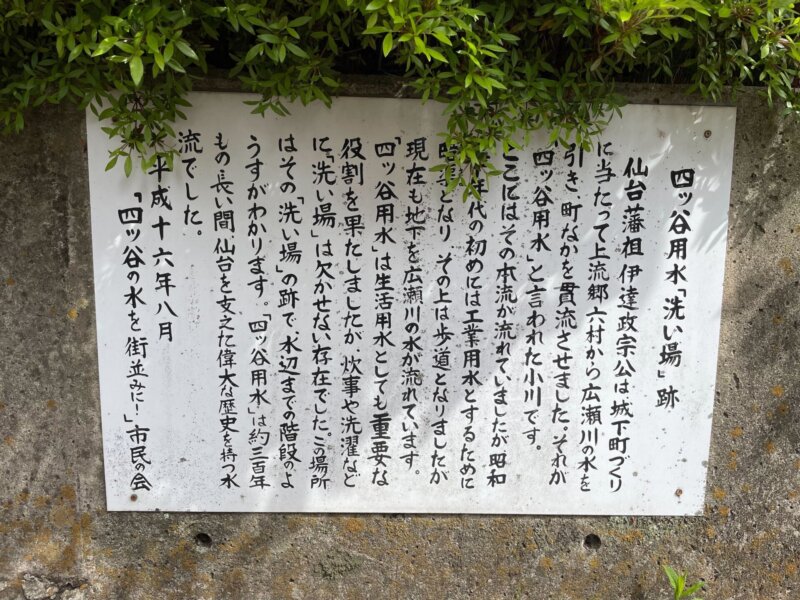
Yotsuya washing area site <Information>
- Name: Yotsuya water boiling place
- Address: 2-chome, Yawata, Aoba-ku, Sendai, Miyagi Prefecture, 980-0871
Google Map
The Boiling Land <Information>
- Name: Yotsuya water boiling place
- Address: 5-9-10 Yawata, Aoba-ku, Sendai, Miyagi 980-0871
Google Map
Seizawa Kakehi <Information>
- Name: Yotsuya Irrigation Hijisawa Kakehi
- Address: 6-14 Yahata, Aoba-ku, Sendai, Miyagi 980-0871
Google Map
Yotsuya Water Information Board <Information>
- Name: Civil Engineering Heritage Yotsuya Water Information Board
- Address: Yahata, Aoba Ward, Sendai City, Miyagi Prefecture 980-0871
Google Map
Experience the remnants of Yotsuya Irrigation Water with your own eyes
This time, I have explained the relationship between the tiles in the arcade in front of Sendai Station and the Yotsuya Irrigation Water. You can feel the achievements of Date Masamune and the people who lived in the castle town through the irrigation canal, so be sure to pay attention when passing through the arcade.


